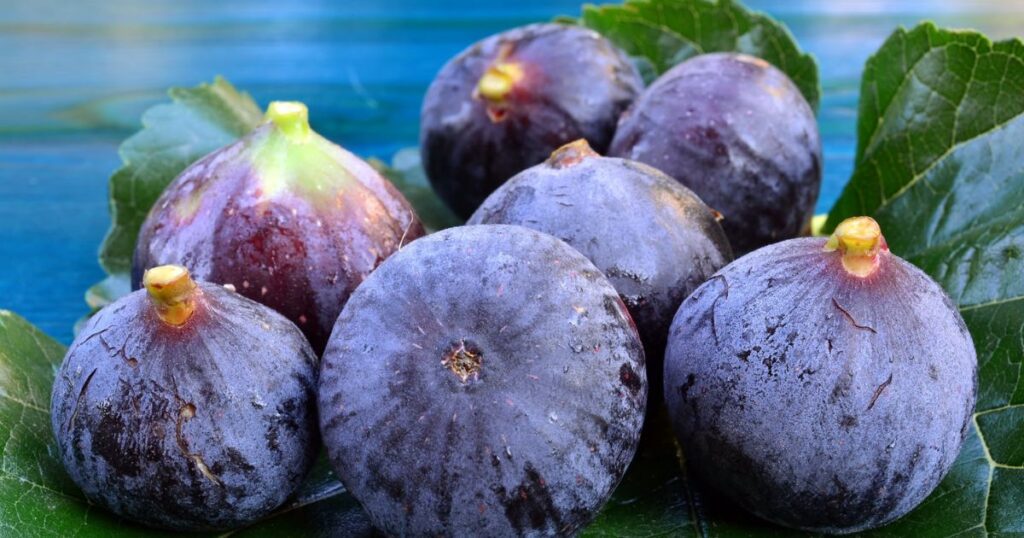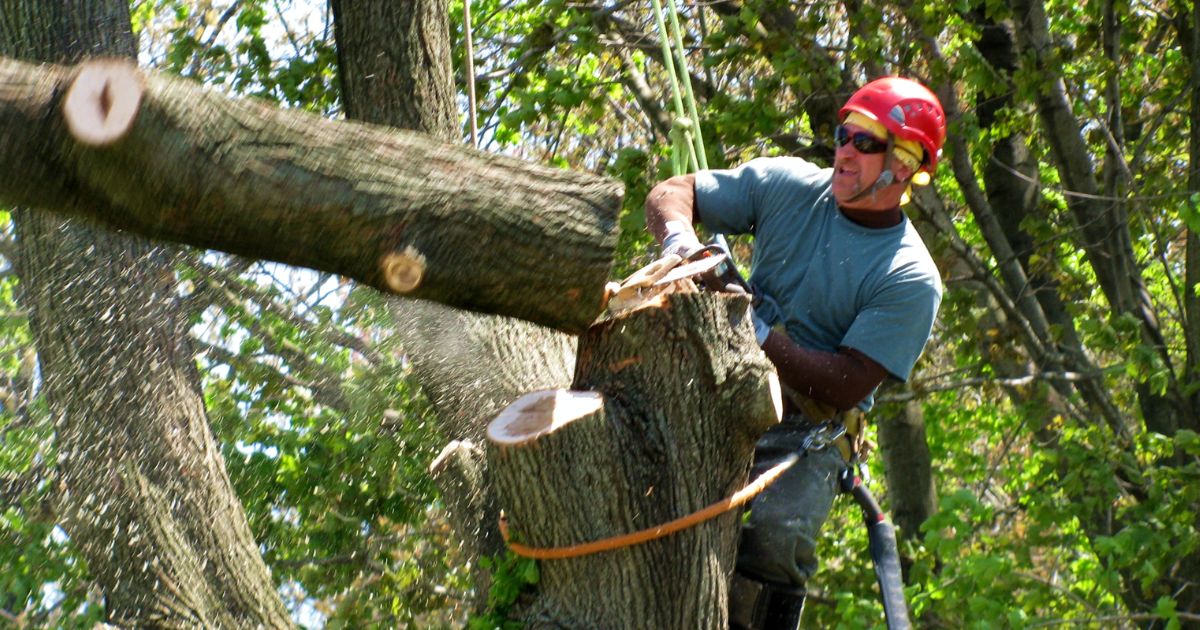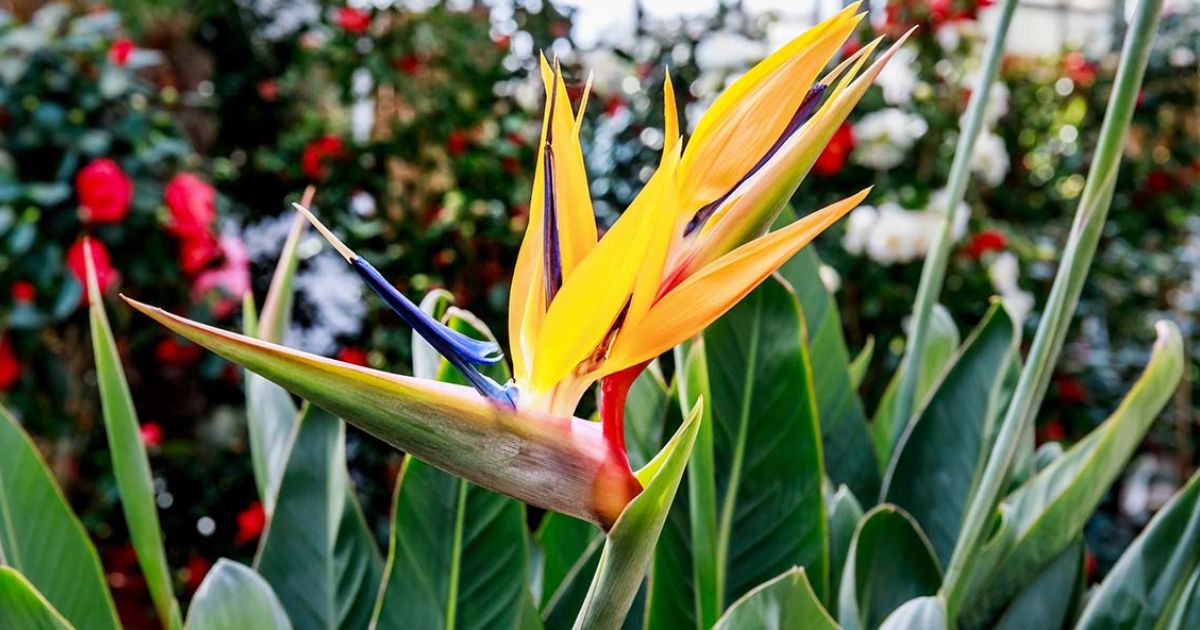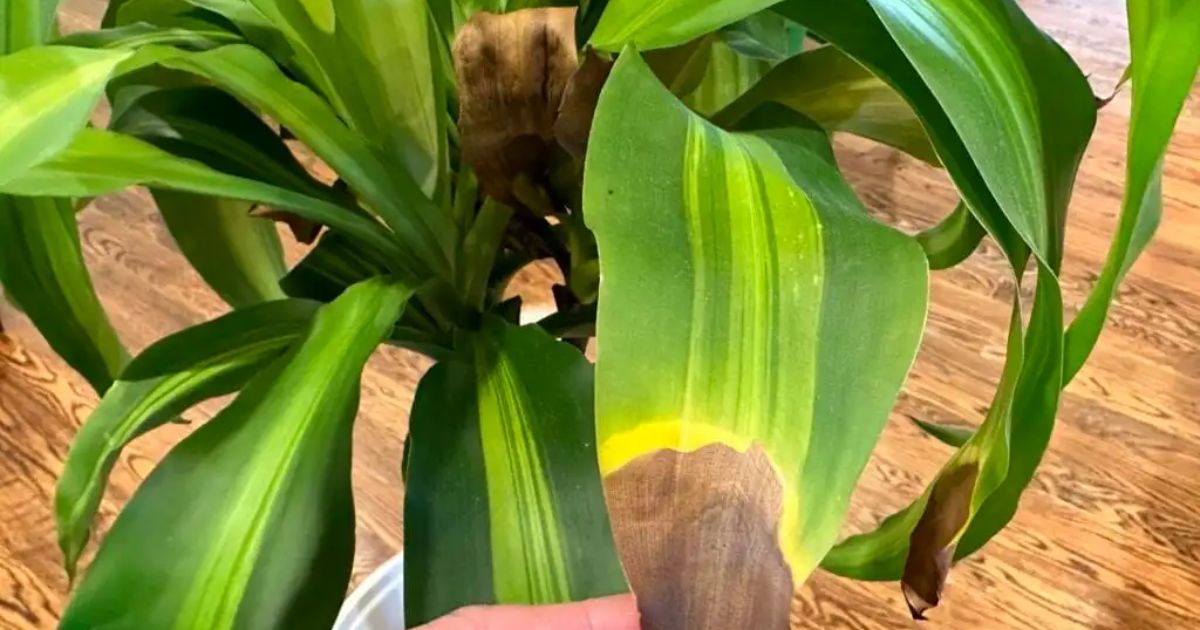Figs are among nature’s sweetest and most ancient fruits, cherished for their soft texture, honey-like flavour, and adaptability in both savoury and sweet recipes. From Mediterranean tables to modern kitchens, figs have remained a symbol of abundance and natural goodness. However, fresh figs are a true seasonal treat; they’re not available year-round. Knowing when figs are in season can make all the difference if you want to enjoy them at their juiciest and most flavorful.
Because figs thrive in warm climates, their growing and harvesting times vary by region and variety. Some areas enjoy an early summer harvest, while others experience a second or even third crop later in the year. In this guide, we’ll explore exactly when figs are in season, where they grow best, and how to make the most of their short but delightful harvest window.
Understanding Fig Growing Cycles
Figs have one of the most fascinating growing patterns among fruit trees. Unlike many other fruits, fig trees can produce two distinct crops in a single year, each with its own timing and characteristics. Understanding this cycle helps explain why fig season can vary depending on where you live and what type of fig you’re buying.
The Breba Crop (Early Season)
The first harvest of the year is called the breba crop, which appears in late spring to early summer. These figs grow on the previous year’s wood branches that developed during the prior growing season. Breba figs are often larger but slightly less sweet than the main crop. Not all fig varieties produce breba figs, How to Get Rid of Fig Beetles: A Comprehensive Guide but those that do offer an early taste of the season before the main harvest begins.
The Main Crop (Late Season)
The second and more abundant harvest is known as the main crop, which typically ripens from late summer through fall. This crop grows on new shoots that have developed this season. Main crop figs are generally smaller, juicier, and sweeter, perfect for eating fresh or using in recipes.
Climate and Variety Matter

The timing and size of each crop depend heavily on the climate and fig variety. Warm, dry regions like California or the Mediterranean produce figs earlier and in greater quantities, while cooler or wetter areas may see a shorter or delayed season. Some varieties, such as Black Mission or Brown Turkey, are known for producing reliable double crops each year, whereas others yield just one.
The Role of Pollination
Interestingly, not all figs need pollination to produce fruit. Many modern varieties are parthenocarpic, meaning they can develop figs without pollination. However, some traditional varieties, such as Calimyrna figs, rely on a tiny fig wasp for pollination, a process that naturally limits their growing regions and affects their seasonal timing.
In short, fig growing cycles are a delicate balance of nature, weather, and variety. Knowing how and when figs develop gives you a deeper appreciation for why these luscious fruits are such a special seasonal delight.
Fig Season in Different Regions
Figs are grown in many parts of the world, but their seasons can vary widely depending on the local climate. Since fig trees love warmth and sunshine, their harvest periods tend to fall between late spring and early fall, though the exact months differ from one region to another. Below is a breakdown of when figs are in season across different regions around the world.
United States
The U.S., particularly California, is one of the largest fig producers. California’s Mediterranean-like climate provides ideal conditions for fig trees, leading to two harvest periods:
- Breba Crop: Late May to June
- Main Crop: August to November
- Other states like Texas, Louisiana, and Florida have shorter fig seasons, typically peaking from July to September due to their warmer, more humid weather.
Mediterranean Region
Countries such as Italy, Greece, Turkey, and Spain are famous for their figs, both fresh and dried. The warm, dry summers in this region allow figs to ripen beautifully.
- Fig season here generally runs from June through October, with some late-ripening varieties lasting into November.
- In areas near the coast, the season may start slightly earlier, How to Grow Sweet Peas for Beautiful Blooms All Season Long while inland or high-altitude areas see figs ripen later.
United Kingdom and Northern Europe
In cooler climates like the UK, France, or Germany, fig trees can still grow, but the season is shorter.
- Fig Season: August to early October
- These regions often rely on protected or greenhouse-grown fig trees to ensure proper ripening, especially for the breba crop.
Australia and New Zealand
In the Southern Hemisphere, fig season is the reverse of the Northern Hemisphere.
- Australia: Late February to May (main crop), with some early figs appearing in December–January.
- New Zealand: Generally, March to May, depending on the local climate.
Asia (Including India and Southeast Asia)
Asian countries have multiple growing seasons due to tropical and subtropical climates.
- India: Two primary fig seasons are March to June and August to November.
- Thailand, Bangladesh, and the Philippines: Best Strawberry Types for Every Season: Grow Your Favorites Figs can bear fruit almost year-round, though peak yields occur during the dry months.
Middle East and North Africa
In countries like Egypt, Iran, Israel, and Morocco, figs have been cultivated for thousands of years.
- Season: June to September, sometimes extending into October depending on temperature and rainfall.
When to Plant a Fig Tree
Planting a fig tree at the right time of year is the key to helping it establish strong roots and thrive for years to come. Because figs are warm-weather trees that dislike frost, the ideal time to plant depends on your climate zone and whether you’re growing your fig in the ground or in a container. Here’s everything you need to know about when to plant a fig tree for the healthiest growth.
The Best Time to Plant a Fig Tree
The ideal time to plant a fig tree is in late winter to early spring, just before the growing season begins. This timing allows the tree to wake up naturally with the warming soil and establish its roots before the hot summer months.
- In Warm Climates (Zones 8–10):
- You can plant figs from late winter through early spring, When to Prune Pear Trees typically February to April, since the ground doesn’t freeze.
- In Cooler Climates (Zones 6–7):
- Hold off until the risk of frost has subsided and soil temperatures begin to warm, usually around April or May.
- In Tropical Climates:
- Figs can be planted almost year-round, but avoid the rainy season to prevent root rot and transplant shock.
Planting Container-Grown vs. Bare-Root Figs
- Container-grown fig trees can be planted any time of year as long as the soil is workable and temperatures aren’t extreme.
- Bare-root fig trees (often sold dormant in winter) should be planted in late winter or early spring, giving them time to establish roots before growth begins.
Fall Planting Option
In regions with mild winters, figs can also be planted in early fall (September to October). The cooler temperatures reduce transplant stress, and the tree will have time to settle in before going dormant. However, in frost-prone areas, fall planting is risky because young roots may be damaged by cold weather.
Factors to Consider Before Planting
- Soil Temperature: Ideal soil temperature for planting figs is above 50°F (10°C).
- Frost Risk: Never plant figs right before a frost; A Guide to Preventing Late Blight Disease of Potato wait until it’s consistently warm.
- Soil Drainage: Ensure soil is well-drained to prevent root rot.
Seasonal Availability by Fig Variety

Not all figs ripen at the same time; in fact, each variety has its own unique harvest window, depending on its growing conditions and climate. Some figs arrive early in summer, while others peak in late fall. Understanding the seasonal availability by fig variety helps you know when to expect the best-tasting soil for fig tree in container fruit and plan your purchases (or harvests) accordingly.
Below are the most common fig varieties and their typical seasons:
Black Mission Figs
- Season: May to November
- About: One of the most popular fig varieties, the Black Mission fig is known for its deep purple skin and sweet, earthy flavour. It produces two crops. A small Early summer crop is used as a breba crop, while late summer and fall are used as a primary crop.
- Best Time to Enjoy: August to October for the juiciest fruit.
Brown Turkey Figs
- Season: May to November
- About: These figs are among the most adaptable varieties, making them common in both home gardens and markets. They have brownish-purple skin, pinkish flesh, and a mild, honey-like taste.
- Best Time to Enjoy: July to September, when the main crop is abundant and sweet.
Kadota Figs
- Season: June to October
- About: Recognisable by their light green skin and amber-colored flesh, Kadota figs are less sweet than other varieties but great for cooking, canning, and preserving.
- Best Time to Enjoy: Late summer to early fall for optimal texture and flavour.
Calimyrna Figs
- Season: July to September
- About: Known for their nutty flavour and golden-green skin, Calimyrna figs are prized for drying and snacking. These figs require pollination by the fig wasp, which naturally limits their growing regions, most notably California.
- Best Time to Enjoy: Mid- to late summer, when they reach peak sweetness.
Adriatic Figs
- Season: June to August
- About: Often used to make fig bars and jams, Adriatic figs have pale green skin and bright strawberry-red flesh. They’re one of the sweetest varieties when fully ripe.
- Best Time to Enjoy: June to July for fresh eating or drying.
Sierra Figs
- Season: June to November
- About: A newer California variety, Sierra figs are green-skinned with light pink flesh. They have a mild, refreshing flavour and are excellent for fresh eating or baking.
- Best Time to Enjoy: August through October.
Celeste Figs
- Season: June to August
- About: Also called the “Sugar Fig,” this small, purplish-brown variety is extremely sweet and popular in southern U.S. gardens. Celeste figs typically produce only one main crop per year.
- Best Time to Enjoy: Mid- to late summer.
How to Tell When Figs Are in Peak Season
Figs are unlike most fruits; they don’t continue to ripen once picked. That means timing is everything if you want to enjoy their rich, honey-sweet flavour and tender texture. Knowing how to tell when figs are in peak season helps you spot the freshest ones at markets or determine the perfect moment to harvest from your own tree.
Here’s how to identify when figs are truly at their best:
Check the Calendar and Climate
The simplest clue is the time of year.
- In most regions, figs are in season from August to October.
- In warmer climates like California or the Mediterranean, the season can start as early as May or June.
- If you live in a tropical or subtropical region, you may enjoy two harvests, one in early summer (the breba crop) and another in late summer to early fall (the main crop).
When it’s always nice and dry outside, you can expect figs to be at their sweetest.
Look for Signs of Ripeness on the Tree
If you’re growing your own fig tree, the fruit itself will tell you when it’s ready:
- Colour Change: The fig’s skin deepens in colour, green figs turn yellowish or light green, and purple varieties darken to a rich hue.
- Softness: A ripe fig feels soft but not mushy when gently squeezed.
- Drooping Fruit: When figs hang downward and appear slightly shrivelled near the stem, they’re perfectly ripe.
- Sweet Aroma: A fragrant, honey-like smell is a clear sign the fig is ready to eat.
Unripe figs are firm, less aromatic, and have a milky sap. When picked, these should be left on the tree longer.
Taste and Texture
During the peak season, figs are:
- Sweet and jammy inside
- Plump and juicy with a slightly chewy skin
- Soft to the touch but still intact, overripe figs can burst or leak juice
Figs harvested too early taste bland and lack the deep sweetness that defines the fruit.
Market Freshness Clues
If you’re buying figs at a market or store, look for:
- Whole, slightly soft fruits with no cracks or oozing juice
- Thin, unblemished skin
- Strong fragrance, ripe figs smell sweet and fruity, while underripe ones have little to no scent
Because figs spoil quickly, vendors often sell them within a day or two of harvest during peak season.
Regional Indicators
Each region’s fig season peaks at different times:
- California and Mediterranean regions: August to early October
- Southern U.S. states: July to September
- Northern climates: Late August to early October
- Southern Hemisphere (Australia, New Zealand): February to April
When local fig festivals or farm sales begin, it’s a sure sign your region’s fig season is at its height.
Off-Season Options: Dried and Preserved Figs
Fresh figs have a short harvest window, but their flavour can be enjoyed year-round through dried and preserved varieties. When figs are out of season, these alternatives make it easy to enjoy their natural sweetness and nutritional benefits in many dishes.
Dried Figs:
Dried figs are the most common off-season option. During drying, most of the water is removed, which concentrates their sugars and nutrients. They’re chewy, rich, and naturally sweet, perfect for snacking, baking, or adding to cereals and salads. Furthermore, dried figs are an excellent source of fibre, iron, and calcium. To use them in recipes that call for fresh figs, soak them in warm water for 15–20 minutes to rehydrate.
Preserved or Canned Figs:
Another great choice is fig preserves, jams, or compotes. These are made during peak season, when figs are ripe and flavorful, and then sealed to lock in their flavour. Spread fig jam on toast, pair it with cheese, or use it as a glaze for roasted meats.
Whether dried or preserved, these options let you savour the delicious taste and health benefits of figs long after the fresh ones have disappeared from market shelves.
Tips for Buying and Storing Figs
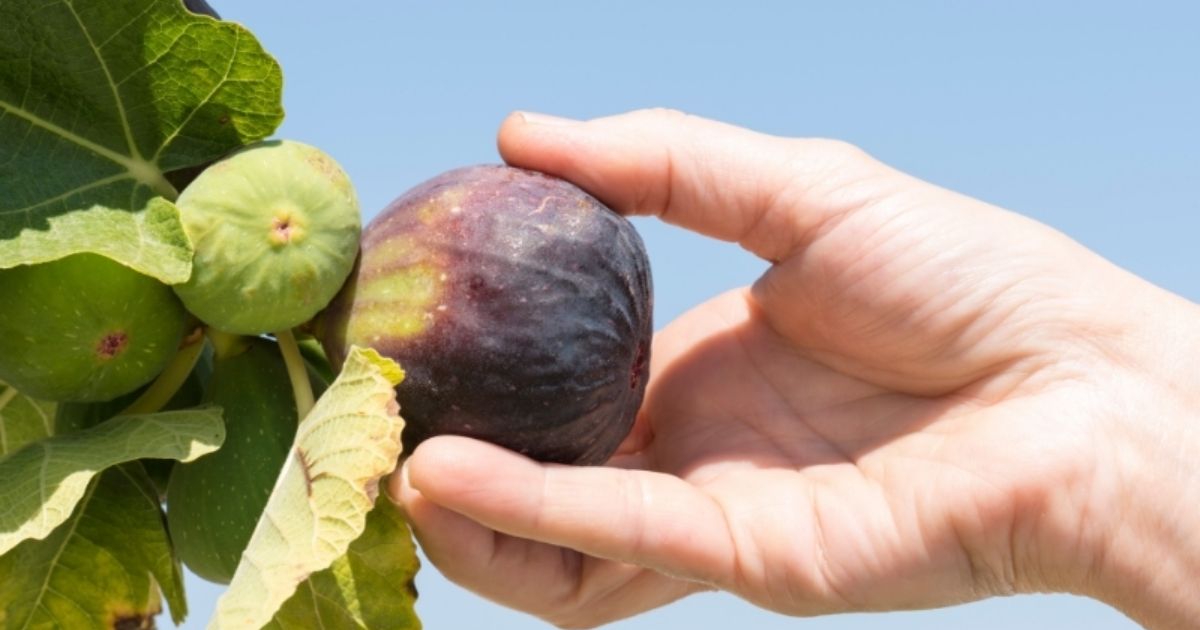
Figs are delicate fruits that require careful handling to fully enjoy their flavour. Knowing how to buy and store figs ensures you get the sweetest, juiciest fruit possible.
Buying Figs:
Look for fruit that feels tender to the touch when choosing figs. But not mushy. The skin should be smooth and free of cracks or mould, and the fig should emit a fragrant, sweet aroma. Avoid figs that are overly firm or have dry stems, as these are likely underripe. Buy figs from farmers’ markets or local producers, as fresh figs rarely travel well and are best consumed within a day or two.
Storing Figs:
Because figs spoil quickly, it’s best to refrigerate them immediately after purchase. Place figs in a shallow container lined with paper towels to absorb excess moisture, and cover lightly to prevent bruising. Fresh figs usually last 2–3 days in the fridge. For more extended storage, figs can be frozen whole or sliced; wash, dry, and place them in airtight containers or freezer bags. Dried figs, on the other hand, can be kept for several months at room temperature in a superb, dark location.
By following these tips, you can extend the shelf life of your figs while keeping them flavorful and ready to enjoy.
Conclusion
Figs are truly unique and delicious fruits, cherished for their sweet, jammy flavour and versatile uses in both fresh and cooked dishes. Knowing when figs are in season is key to enjoying them at their peak, whether you’re buying them at a local market or harvesting them from your own tree. From the early breba crop to the abundant main crop, the timing varies by region and variety, but late summer through early fall is generally the best window for fresh figs.
Even when fresh figs are unavailable, dried and preserved figs allow you to enjoy their natural sweetness year-round. By selecting ripe fruit, storing it properly, and understanding seasonal availability, you can make the most of this special fruit and savour it at its finest.Figs are more than just a treat; they’re a celebration of the season, offering a burst of natural sweetness and nutrition whenever you enjoy them.
FAQ
Are figs available year-round?
Fresh figs are seasonal and typically available from late spring to early fall, depending on the region and variety. However, dried and preserved figs are available year-round.
What month are figs most ripe?
Most figs reach peak ripeness from August to October in the Northern Hemisphere. Some varieties, like the breba crop, may be ready as early as May or June.
Can I grow figs in my backyard?
Yes! Figs are relatively easy to grow in warm, sunny climates. They need well-drained soil, plenty of sunlight, and protection from frost. Container planting is also possible in cooler areas.
How long do fresh figs last?
Fresh figs are delicate and usually last 2–3 days in the refrigerator. To extend shelf life, store them in a shallow container lined with paper towels or consider freezing for later use.
What’s the difference between fresh and dried figs?
Fresh figs are soft, juicy, and sweet, but they spoil quickly. Dried figs are concentrated in sugar and nutrients, have a chewy texture, and can be stored for several months. Both are nutritious and delicious in different ways.

